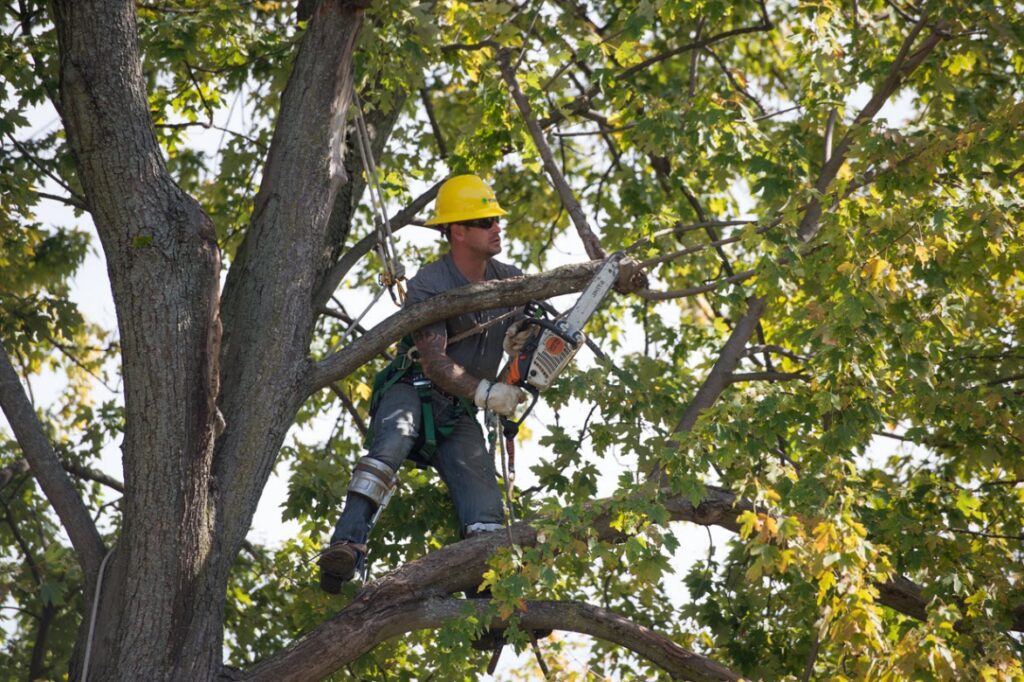Ensuring Arborist Safety: Comprehensive Guides on Tree Trimming and Chainsaw Use
In the world of arboriculture, safety is paramount. Whether you're pruning backyard trees or managing large-scale forestry operations, understanding the risks and preventive measures associated with tree trimming and chainsaw use is crucial. This article explores the essential safety training programs that every arborvitae and forestry worker should undertake to ensure their safety and the safety of those around them.
Understanding the Basics of Tree Trimming
Tree trimming, an essential task for maintaining tree health and aesthetics, also poses significant risks if not performed correctly. Proper safety training educates workers on various tree-trimming techniques and the use of related equipment to minimize accidents and enhance efficiency. It is here that the Tree Trimming Safety Course plays a critical role. This specialized training module is designed to equip participants with the knowledge needed to safely navigate the complexities of tree maintenance.
Equipment and Protective Gear
Safety when it comes to tree trimming encompasses not just following specific protocols but also using protective gear and equipment appropriately. Wearing protective gear such as helmets, gloves, eye protection, and boots is absolutely necessary. In addition, training courses emphasize the significance of performing routine maintenance on equipment, which includes inspecting ropes, harnesses, and pruning tools to guarantee that they are in a safe operating condition.
Chainsaw Operation Fundamentals
Chainsaws are powerful tools essential in tree trimming and removal but are also among the most hazardous if misused. Comprehensive chainsaw safety training is vital for anyone involved in chainsaw operations. This training covers the operational mechanics of chainsaws, routine maintenance, and the proper techniques for cutting to prevent kickback—a common cause of injury among users.
Advanced Safety Protocols and Emergency Response
Participating in advanced training sessions allows participants to gain a greater understanding of safety regulations, including the establishment of work zones, clear communication among team members, and the appropriate methods for dealing with emergencies. Practical simulations are frequently included in this section. These simulations serve to reinforce learning and ensure that participants are able to effectively apply safety principles in situations that are based in the real world.
Our website is the perfect resource for further details.


Comments
Post a Comment